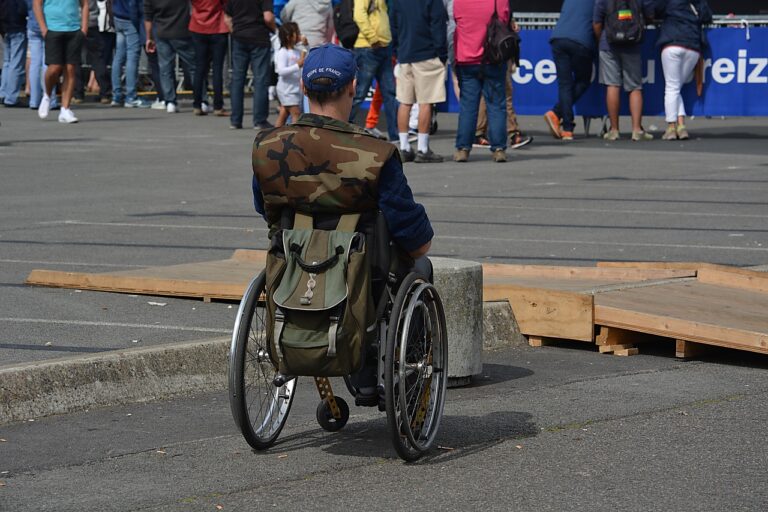Innovations in minimally invasive approaches to treating complex biliary disorders: Golden exchange id, Cricbet99 register, King casino 567
golden exchange id, cricbet99 register, king casino 567: Hi everyone! Today, I want to talk about some exciting innovations in minimally invasive approaches to treating complex biliary disorders. The field of biliary disorders involves conditions affecting the bile ducts, which are responsible for transporting bile from the liver to the small intestine.
1. Traditional surgical procedures for biliary disorders often involve open surgery, which can be invasive and require a long recovery time. However, advancements in minimally invasive techniques have revolutionized the treatment of these complex disorders.
2. Laparoscopic surgery is one such innovative approach that involves making small incisions in the abdomen and inserting a camera and specialized instruments to perform the surgery. This technique has significantly reduced the risks associated with traditional open surgery and has led to shorter hospital stays and faster recovery times for patients.
3. Endoscopic retrograde cholangiopancreatography (ERCP) is another minimally invasive procedure used to diagnose and treat biliary disorders. This technique involves using an endoscope to examine the bile ducts and remove blockages or obstructions without the need for surgery.
4. Another exciting innovation in the field of biliary disorders is the development of robotic-assisted surgery. Robotic systems offer surgeons greater precision and control during procedures, leading to better outcomes for patients.
5. Magnetic resonance cholangiopancreatography (MRCP) is a non-invasive imaging technique that uses magnetic resonance imaging to visualize the bile ducts. This technology allows for accurate diagnosis of biliary disorders without the need for invasive procedures.
6. Advances in interventional radiology have also played a significant role in the treatment of complex biliary disorders. Techniques such as percutaneous transhepatic cholangiography (PTC) and biliary stenting allow for the removal of obstructions and the drainage of bile ducts without the need for surgery.
FAQs:
1. What are the benefits of minimally invasive approaches to treating biliary disorders?
Minimally invasive techniques offer shorter recovery times, reduced risks of complications, and improved outcomes for patients compared to traditional open surgery.
2. Are minimally invasive procedures suitable for all patients with biliary disorders?
Not all patients are candidates for minimally invasive procedures. Your healthcare provider will assess your condition and recommend the most appropriate treatment for you.
3. How can I find a healthcare provider who specializes in minimally invasive approaches to treating biliary disorders?
Ask your primary care physician for a referral to a specialist who has experience with minimally invasive techniques in the treatment of biliary disorders.
In conclusion, innovations in minimally invasive approaches have transformed the way complex biliary disorders are diagnosed and treated. These advancements offer patients safer and more effective treatment options with faster recovery times and improved outcomes. If you or a loved one are facing a biliary disorder, be sure to speak with your healthcare provider about the latest minimally invasive treatment options available. Stay informed, stay healthy!







